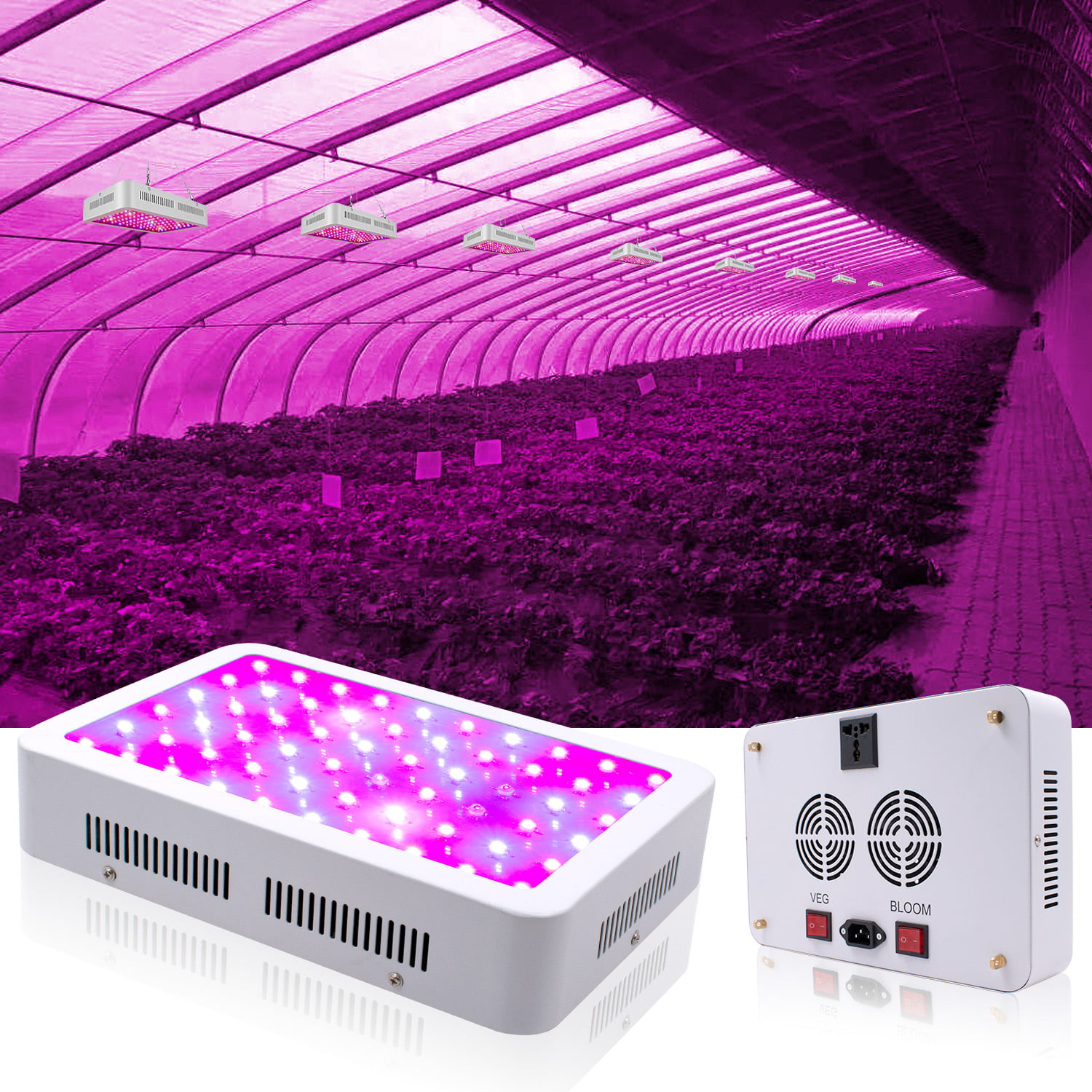How to Build a Hydroponic Garden at Home

Imagine growing your own fresh, vibrant vegetables and herbs without the hassle of soil, weeds, or pests. Welcome to the world of hydroponic gardening, where plants thrive in a nutrient-rich water solution. Whether you're an urban dweller with limited space or a gardening enthusiast looking to try something new, building a hydroponic garden at home is an exciting and rewarding project. Let's dive in and explore how you can create your own hydroponic system, step by step.
Understanding Hydroponic Systems
Before we get our hands dirty (or rather, wet), let's understand what a hydroponic system is. In simple terms, it's a method of growing plants without soil, using a nutrient-rich water solution instead. There are several types of hydroponic systems, but for beginners, the wick system, deep water culture (DWC), and nutrient film technique (NFT) are the most straightforward.
Types of Hydroponic Systems
- Wick System: This is the simplest and most passive system. A wick transfers water and nutrients from the reservoir to the growing medium.
- Deep Water Culture (DWC): Plants are suspended in a nutrient solution, with an air pump providing oxygen to the roots.
- Nutrient Film Technique (NFT): A constant flow of nutrient solution is pumped over the plant roots, which are held in a grow tray.
Gathering Your Materials
Building a hydroponic garden at home requires some essential materials. Here's a basic list to get you started:
- Grow Tray: A container to hold your plants.
- Reservoir: A container to hold the nutrient solution.
- Grow Lights: Essential for indoor gardening, providing the light your plants need to grow.
- Nutrient Solution: A mixture of water and nutrients tailored to your plants' needs.
- Growing Medium: Materials like rockwool, perlite, or clay pellets to support your plants.
- Air Pump and Air Stone: To oxygenate the nutrient solution.
- pH Test Kit: To monitor the acidity of your nutrient solution.
Setting Up Your Hydroponic Garden
Step 1: Choose Your System
Decide on the type of hydroponic system you want to build. For beginners, the DWC system is a great starting point due to its simplicity and effectiveness.
Step 2: Assemble Your Components
- Grow Tray: Place your grow tray on a stable surface. Ensure it has drainage holes to allow excess water to flow back into the reservoir.
- Reservoir: Position your reservoir below the grow tray. This will collect and recycle the nutrient solution.
- Grow Lights: Install grow lights above your grow tray. LED grow lights are energy-efficient and provide the full spectrum of light your plants need.
Step 3: Prepare Your Nutrient Solution
Mix your nutrient solution according to the manufacturer's instructions. Use a pH test kit to ensure the solution is within the optimal range for your plants, typically between 5.5 and 6.5.
Step 4: Plant Your Seedlings
Carefully place your seedlings in the growing medium. Ensure the roots are well-supported and have access to the nutrient solution.
Step 5: Monitor and Maintain
Regularly check the pH and nutrient levels of your solution. Adjust as needed to keep your plants healthy.
Plant Care in a Hydroponic System
Caring for plants in a hydroponic system is different from traditional gardening. Here are some key tips:
- Light: Ensure your plants receive 12-16 hours of light daily. Use a timer to automate your grow lights.
- Temperature: Maintain a consistent temperature between 65-75°F (18-24°C).
- Humidity: Keep humidity levels between 40-60% to prevent mold and pests.
- Nutrients: Regularly test and adjust the nutrient solution to meet your plants' needs.
Troubleshooting Common Issues
Even with the best care, issues can arise. Here are some common problems and their solutions:
- Wilting Plants: Check for root rot or insufficient nutrients. Adjust your nutrient solution and ensure proper aeration.
- Yellowing Leaves: This could indicate a nutrient deficiency or pH imbalance. Test your solution and adjust as needed.
- Pests: While less common in hydroponic systems, pests can still be an issue. Use organic pest control methods to keep them at bay.
Conclusion
Building a hydroponic garden at home is a rewarding experience that allows you to grow fresh, healthy plants year-round. With the right materials, a bit of patience, and some basic knowledge, you can create a thriving hydroponic system. Whether you're growing herbs, vegetables, or flowers, hydroponic gardening offers a unique and efficient way to cultivate your green thumb. So, why wait? Start your hydroponic journey today and enjoy the fruits (and vegetables) of your labor!
FAQs
What are the benefits of hydroponic gardening? Hydroponic gardening offers several benefits, including faster plant growth, higher yields, and reduced risk of pests and diseases. It also conserves water and space, making it ideal for urban environments.
Can I grow any plant in a hydroponic system? While many plants thrive in hydroponic systems, some are better suited than others. Leafy greens, herbs, and small vegetables like lettuce and spinach are excellent choices for beginners.
How often should I change the nutrient solution? The frequency of changing the nutrient solution depends on the type of system and the plants you're growing. Generally, it's recommended to change the solution every 2-3 weeks to maintain optimal nutrient levels.
What is the best growing medium for hydroponics? The best growing medium depends on your system and personal preference. Common options include rockwool, perlite, vermiculite, and clay pellets. Each has its own advantages and can be chosen based on your specific needs.
How do I know if my hydroponic system is working properly? A well-functioning hydroponic system will show healthy plant growth, with vibrant leaves and strong roots. Regularly monitor the pH and nutrient levels, and adjust as needed to ensure your plants are thriving.


0 Response to "How to Build a Hydroponic Garden at Home"
Post a Comment